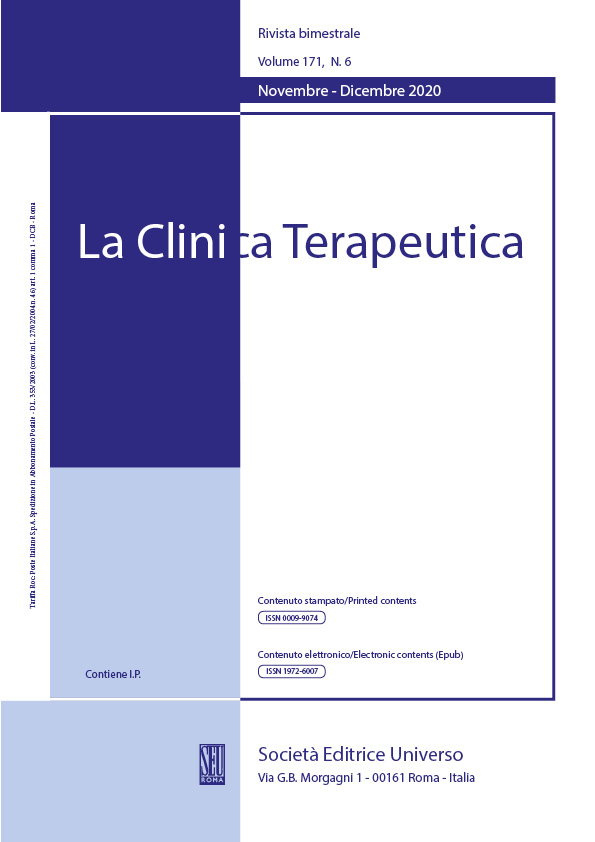Abstract
Background
For patients with acute large vessel occlusion (ALVO) in the anterior circulation who are able to undergo mechanical thrombectomy (MTB) within 4.5 hours, the need for intravenous thrombolysis prior to the intervention remains unclear.
Methods
Patients who were eligible for intravenous thrombolysis, who presented with ALVO in the anterior circulation, and who started MTB within 4.5 hours were matched at a 1:1 ratio to a thrombectomy alone group or to a bridging therapy group. Patients in the bridging therapy group were administered intravenous alteplase at a standard dose of 0.9 mg/kg. We evaluated the safety and efficacy of the thrombectomy alone group compared with the bridging therapy group.
Results
From December 2019 to September 2021, 60 patients were recruited in the study and completed the trial. The baseline parameters of patients were similar between the two groups. At the 90-day follow-up, 18 patients (60%) in the thrombectomy alone group versus 18 patients (60%) in the bridging therapy group achieved functional independence (odds ratio [OR]: 1, 95% confidence interval [CI], 0.36–2.81). The successful recanalization (Thrombolysis in Cerebral Infarction [TICI] grade 2b to 3) rates on final angiography were 90% and 86.7%, respectively (OR, 0.72, 95% CI, 0.15–3.55). No significant differences were found between the two groups in the occurrence of symptomatic intracranial hemorrhage or 90-day mortality.
Conclusion
Our preliminary results did not show the superiority of thrombectomy alone versus standard bridging therapy in patients with ALVO in the anterior circulation who undergo MTB within 4.5 hours. A larger sample size and other randomized controlled trials remain necessary to validate these results.

